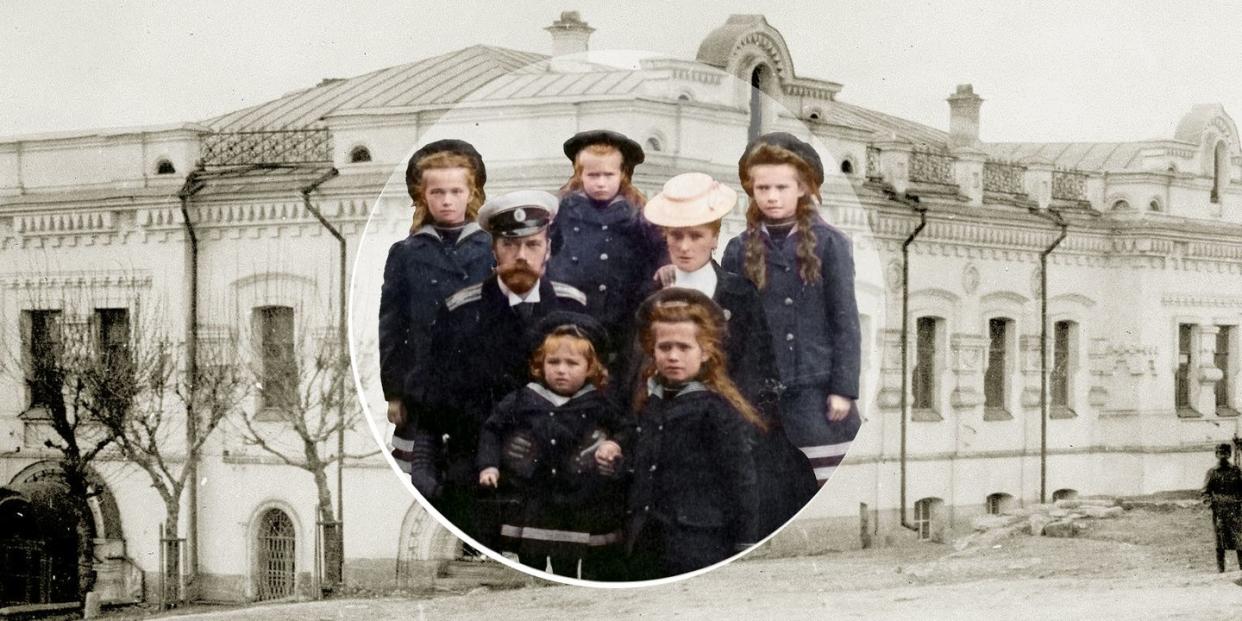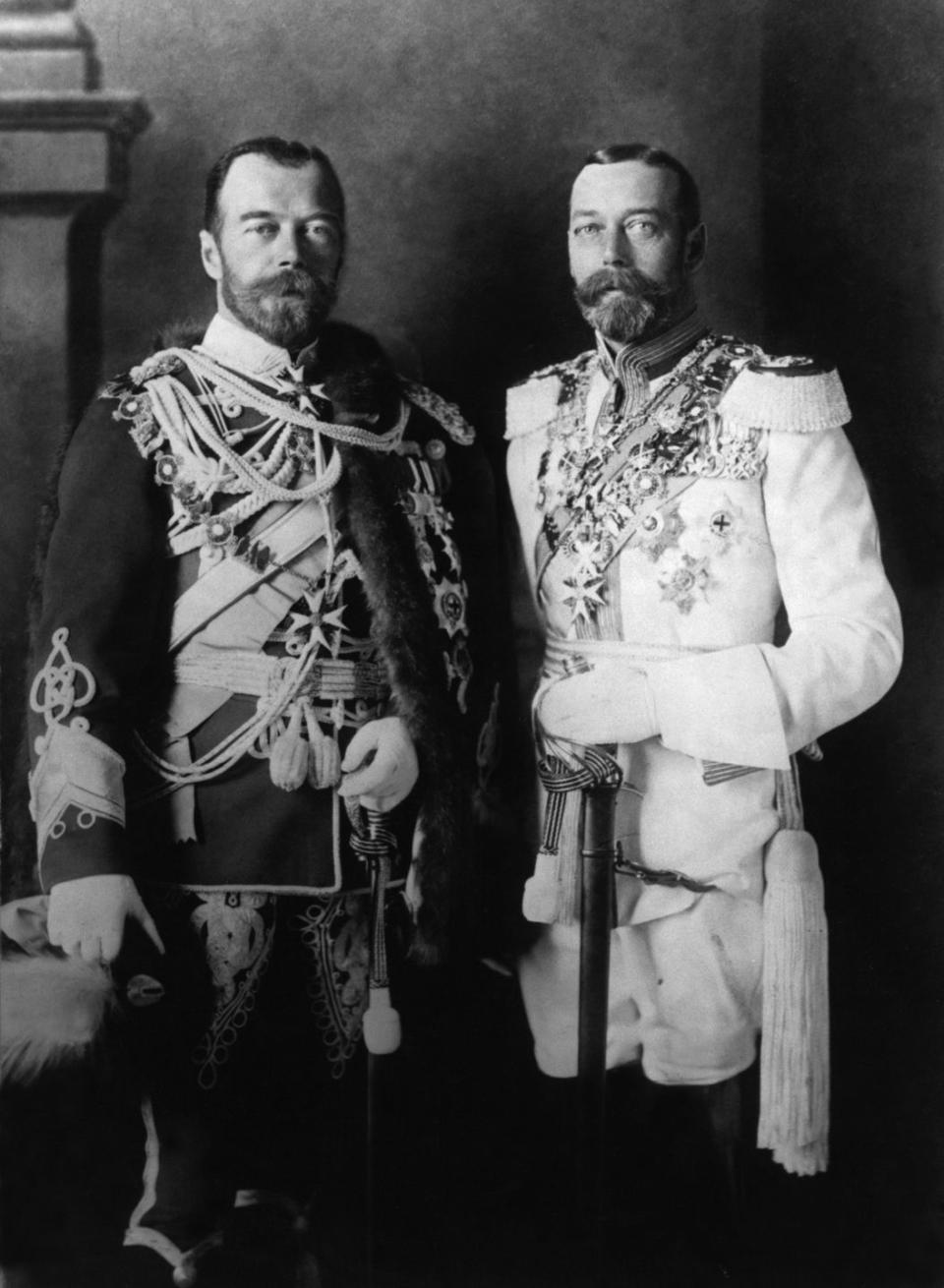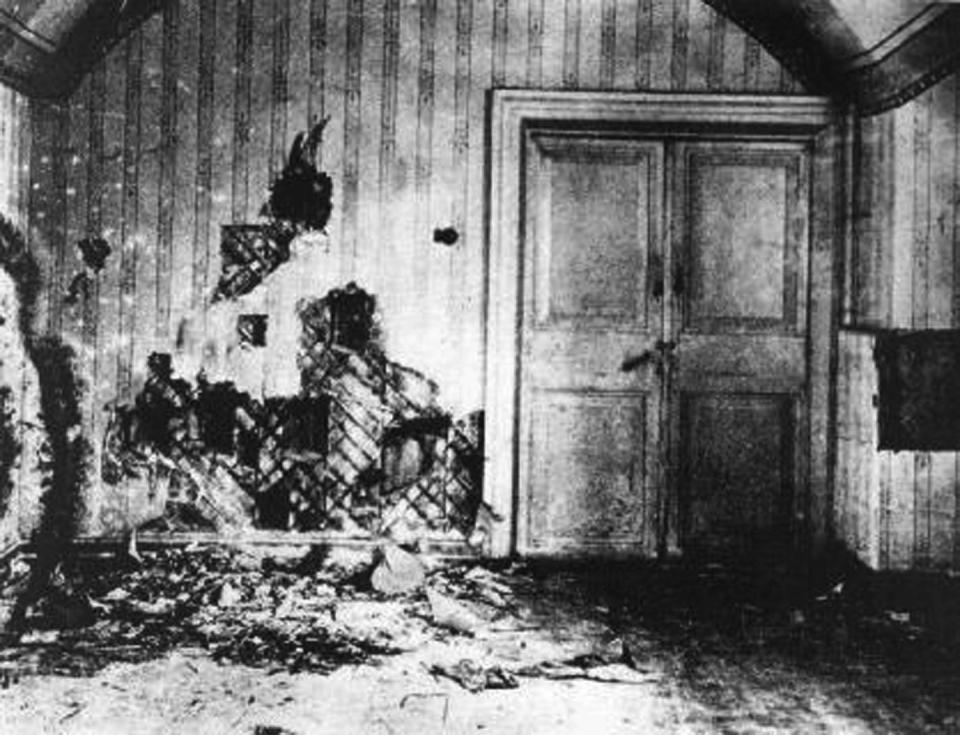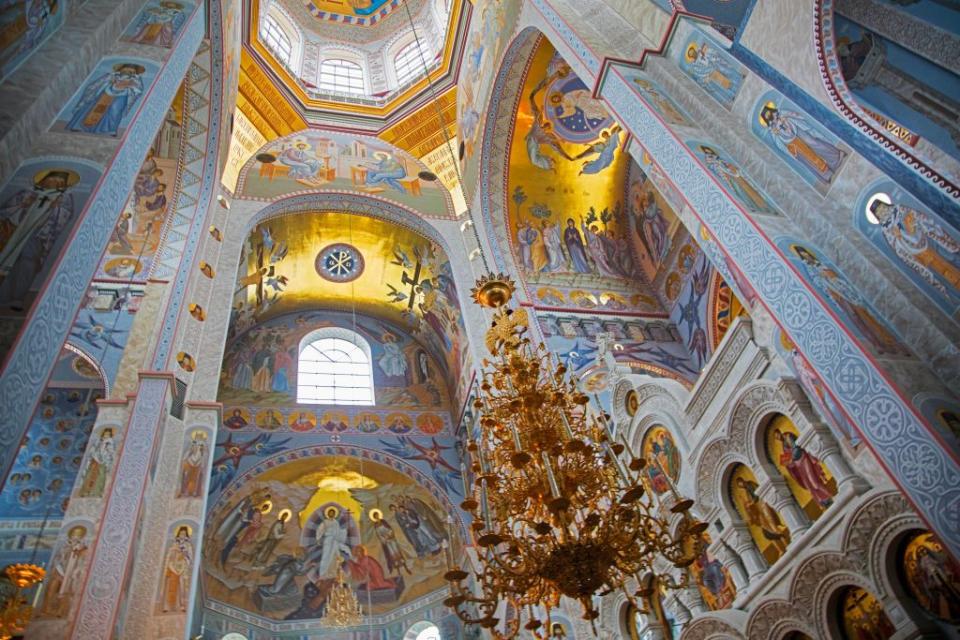What Happened to the House Where the Romanovs Were Killed?

- Oops!Something went wrong.Please try again later.
- Oops!Something went wrong.Please try again later.
- Oops!Something went wrong.Please try again later.
More than a century after their tragic demise, the Romanovs and everything about them—from their lost treasures to the enduring mysteries surrounding their deaths—still continue to inspire feverish obsession (for more proof of this see here, here, and here). And apparently not even The Crown can resist their allure. In the latest season, which premiered on Netflix on November 9, an entire episode is dedicated to exploring the doomed Russian dynasty—and how they were connected to the House of Windsor.
The Crown has always had a complicated—and controversial—relationship to historical accuracy, its modus operandi long being to spin imagined scenarios and conversations out of real-life reported events. This method has been applied to the Russian-themed episode in question, too.

A visit to Buckingham Palace by President Boris Yeltsin in 1992, which actually happened, opens a narrative door for The Crown to explore the final moments of ex-Tsar Nicholas II and his family's lives in 1918, and what role the queen could have played in the 1991 exhumation—and formal burial in St. Petersburg, in 1998—of her slain relatives. (A brief family tree refresher: Prince Philip was a grandnephew of the last Tsarina Alexandra, while the queen's grandfather King George V had been a first cousin of the last tsar since, like every royal family in Europe, they shared a common grandmother: Queen Victoria.)

As the ill-fated Russian dynasty enters the cultural conversation yet again, we take a deeper look at one of the facts The Crown gets right: the house where they were executed. Built in the 1880s as a merchants' home, Ipatiev House would turn out to be the Romanovs' final destination.
Following the tsar's abdication in March 1917—and the family's hopes of going into exile in Britain dashed when King George V succumbed to political pressure and rescinded his offer of asylum—Nicholas II, Alexandra, and their children Olga, Tatiana, Maria, Anastasia, and Alexei spent the next several months in various forms of gilded house arrest. They lived for a time in regal—but closely guarded—comfort in Alexander Palace at Tsarskoye Selo. By the summer of 1917 they were moved to Western Siberia, into the safe confines of the Governor's Mansion in Tobolsk. After the Bolsheviks seized power from the provisional government in the fall of that year, things gradually deteriorated for the Romanovs, who were forced to part with longtime servants and give up certain luxuries like butter and coffee. This, of course, was only the beginning.

In April 1918, the family was moved one last time, to Ipatiev House in Yekaterinburg. Named for its third owner, military engineer Nikolay Nikolayevich Ipatiev (who was ordered to leave by the Ural Soviet), the residence soon adopted another foreboding official title: the House of Special Purpose.
The royal family—and their slimmed down staff—spent 78 days in this fortified mansion turned prison, until that fateful morning of July 17, 1918, when they were woken up at 1 a.m. and ordered to dress and pack their belongings, then instead ferried into a room in the basement where they were met with a hail of bullets and stabbed with bayonets in a frenzied and disorganized execution that took 20 minutes to carry out.
(In a cruel twist of fate, Ipatiev House coincidentally shared a name with the Ipatiev Monastery, which was where, in 1613, Nicholas's ancestor Mikhail Romanov was declared tsar and the House of Romanov began its 304-year-long reign.)

The notorious Ipatiev House went on to have a few more lives—a branch of the Ural Revolution Museum and an agriculture school among them—though it was never able to shed the stain of its most terrible event. It also attracted many who came to pay their respects to the fallen dynasty, leading to its demolition in 1977 on orders of the Politburo, who gave the task to Boris Yeltsin, then-chair of the local party. Fourteen years later, the Soviet Union was dissolved, Yeltsin became president, and, in a change of tune, construction of a new memorial church on the site began. The Church of All Saints (officially called The Church on Blood in Honour of All Saints Resplendent in the Russian Land) was completed in 2003, three years after the Romanovs were elevated to sainthood.
You Might Also Like

